I recently had lunch with an old friend I hadn’t seen since college, if you can believe that! So much had happened since we last saw each other, and so, of course, we caught up about our husbands and our kids and our lives over flat whites at Starbucks. We laughed so hard that everyone else in the little Starbucks seating area kept looking at us like, what is wrong with those two?
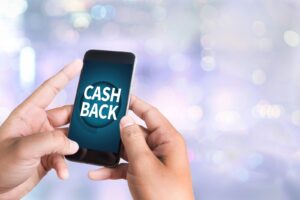 I have a lot of new friends I love, but in the middle of this conversation, I was quickly reminded of how much I loved this (wickedly funny) old friend. After, I got to thinking about how old friends are important, and how knowing them helped set you up for new friends, and new relationships, and new loves. And, being the somewhat obsessive shopper that am I, and thinking about old and new friendships, I naturally started thinking about old and new shopping apps! Back in the day (ahem, only two years ago, but still) I was a big fan of Ebates, which was basically my gateway into shopping apps. I used Ebates to get cash back offers for online shopping on tons of products at all my favorite web stores, and I still remember it fondly. To be totally honest, though, I’ve moved on to three newer apps! And that’s what I’d like to talk about today: what Ebates is, why Ebates and apps like Ebates are so great for my budget, and, finally, the top 3 cash back apps like Ebates that I use all the time today!
I have a lot of new friends I love, but in the middle of this conversation, I was quickly reminded of how much I loved this (wickedly funny) old friend. After, I got to thinking about how old friends are important, and how knowing them helped set you up for new friends, and new relationships, and new loves. And, being the somewhat obsessive shopper that am I, and thinking about old and new friendships, I naturally started thinking about old and new shopping apps! Back in the day (ahem, only two years ago, but still) I was a big fan of Ebates, which was basically my gateway into shopping apps. I used Ebates to get cash back offers for online shopping on tons of products at all my favorite web stores, and I still remember it fondly. To be totally honest, though, I’ve moved on to three newer apps! And that’s what I’d like to talk about today: what Ebates is, why Ebates and apps like Ebates are so great for my budget, and, finally, the top 3 cash back apps like Ebates that I use all the time today!
The 411 on Cash Back Apps Like Ebates
One of the things that my old friend and I reminisced about was how, when we used to share an apartment, we were always, always, always broke. To rectify that some, we used to take the free newspapers from the local mechanics and track sales or clip coupons from the store ads. Hey, in college you have to be creative!
These days apps like Ebates are the new, simpler version of taking-the-newspaper-from-the-local-mechanic, if you ask me. The way that Ebates works is by saving you money for online shopping. It’s a centralized platform where shoppers can go to see deals and coupons at more than 1,800 online retailers. I used Ebates exclusively to help save money on my shopping budget for a long time.
Eventually, though, I started to wish there were cash back apps like Ebates that could do a bit more to bolster my budget, and that’s how I ended up seeking out newer apps, many of which are way more fun to use!
The Top 3 Cash Back Apps Like Ebates
For all the things I loved about Ebates, the simple truth was that being something you could only use online made it a little bit limited, which was why I eventually moved on to the three apps you’ll find highlighted below! Let’s take a look:
- SavingStar: SavingStar is a digital coupon app that pays users to shop at grocery and drugstores. In fact, more than 60,000 stores are part of SavingStar, and for a long time, it was my companion app to Ebates: I’d use Ebates online and SavingStar in the real store. Some words of warning, though: SavingStar is generally free to use, but if an account is inactive for 180 straight days, they will charge a fee of $3.99. To take advantage of SavingStar, users either link their existing store loyalty cards to the app or submit receipts after they make purchases. Savings add up until they can eventually be cashed out through PayPal, Upromise, or in the form of Starbucks, iTunes, or AMC Theater gift codes.
- SnipSnap: SnipSnap is another mobile coupons app, although this one lets you take pictures of printed coupons, which are then transformed into digital, mobile-ready ones. Users can browse online directories and take advantage of coupons their friends have “snipped” as well. This one doesn’t exactly pay, though. Instead, users save money, as with a traditional coupon. The idea is that coupons can all be easily kept in one digital space, instead of having an overflowing billfold stuff with paper. Super cool!
- Shopkick: Now we get to my favorite, which is an app called Shopkick. Put simply, Shopkick is a total blast. It gives you points (called kicks) for shopping how you would anyway, rewarding you for things like making purchases, scanning barcodes of items, and even just walking into some of your favorite stores. How it works is incredibly simple, too. Basically, it turns shopping into a game, like a scavenger hunt. And it’s really social. They keep a great community vibe on their social media, and users get awarded kicks when they refer friends who sign up. Users trade in kicks to get paid in gift cards to the stores they love to shop at, or where they like to splurge on a quick treat, like Starbucks.
So, there you have the reasons I love things both old and new, but especially Shopkick! When it comes to shopping and cash back apps like Ebates, I need one that I’m going to remember to use each and every time I go out to the store so that I can maximize my savings. Shopkick’s sleek interface and its game-like tendencies make it fun and easy to use. Change is the only constant in life, but I have a feeling that Shopkick and I will be close friends for a really long time.
Get to know one of the best apps like Ebates, as well as one of the best shopping apps period. Download Shopkick’s free app today and join a community of loyal Shopkickers who’ve already discovered how much you can earn with the help of a free shopping sidekick.
And, if you’re on social media catching up with friends, be sure to also join Shopkick on Facebook, Twitter, and Instagram for a little daily fun and inspiration.
Image courtesy onephoto

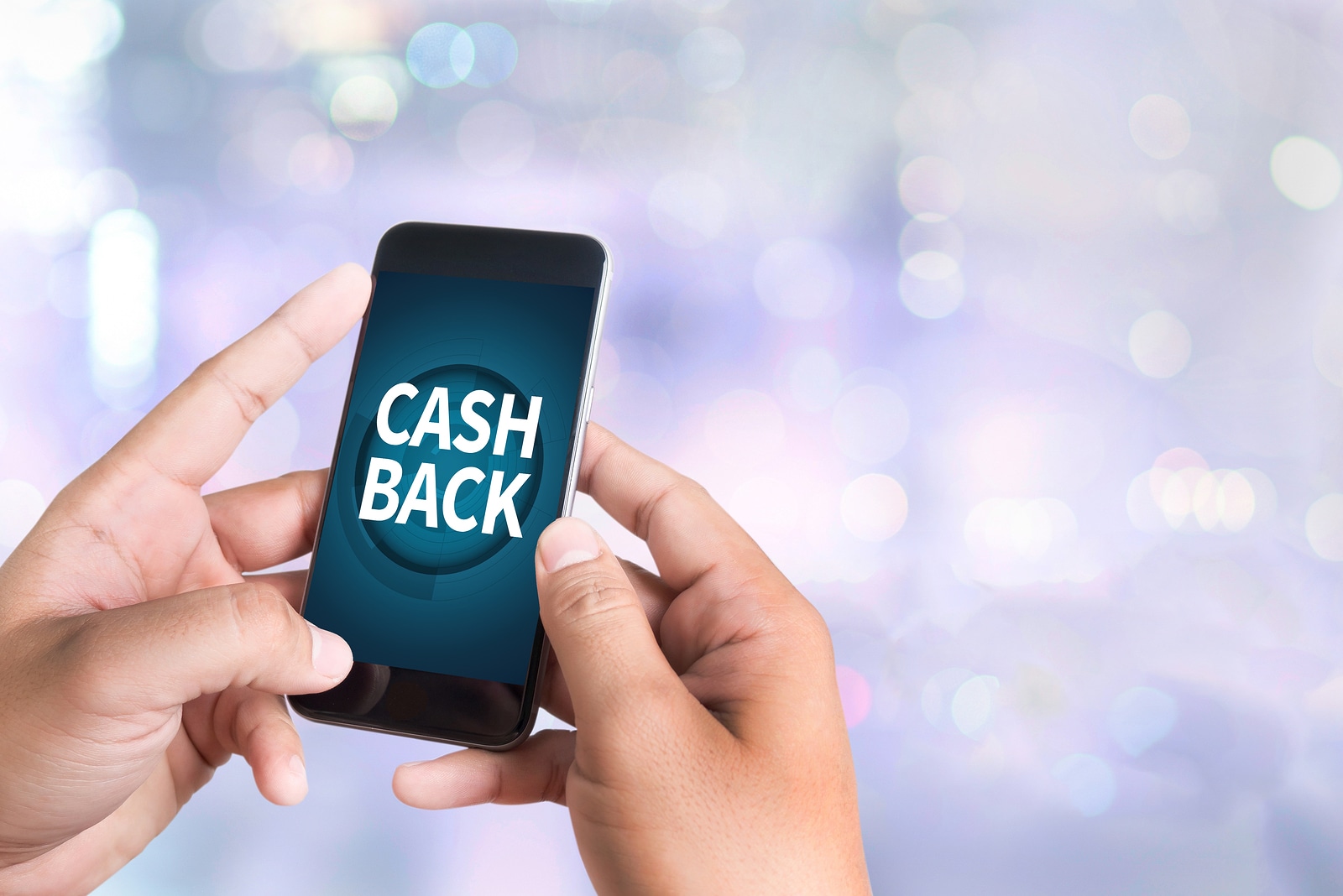

 For a minute, I was shocked; 2006 really doesn’t seem like all that long ago. But it’s true. In terms of smartphone and app development, it was basically an eternity ago. In fact, nobody even knew what an app
For a minute, I was shocked; 2006 really doesn’t seem like all that long ago. But it’s true. In terms of smartphone and app development, it was basically an eternity ago. In fact, nobody even knew what an app 

 I love apps. I love them when they are silly and playful, and I love them when they actually help me get through my day, like when I have to navigate traffic or take notes during a meeting. I mean, to be honest, I love apps so much that sometimes they take up so much space on my phone that I have to sit down (with a glass of wine of course) and force myself to
I love apps. I love them when they are silly and playful, and I love them when they actually help me get through my day, like when I have to navigate traffic or take notes during a meeting. I mean, to be honest, I love apps so much that sometimes they take up so much space on my phone that I have to sit down (with a glass of wine of course) and force myself to 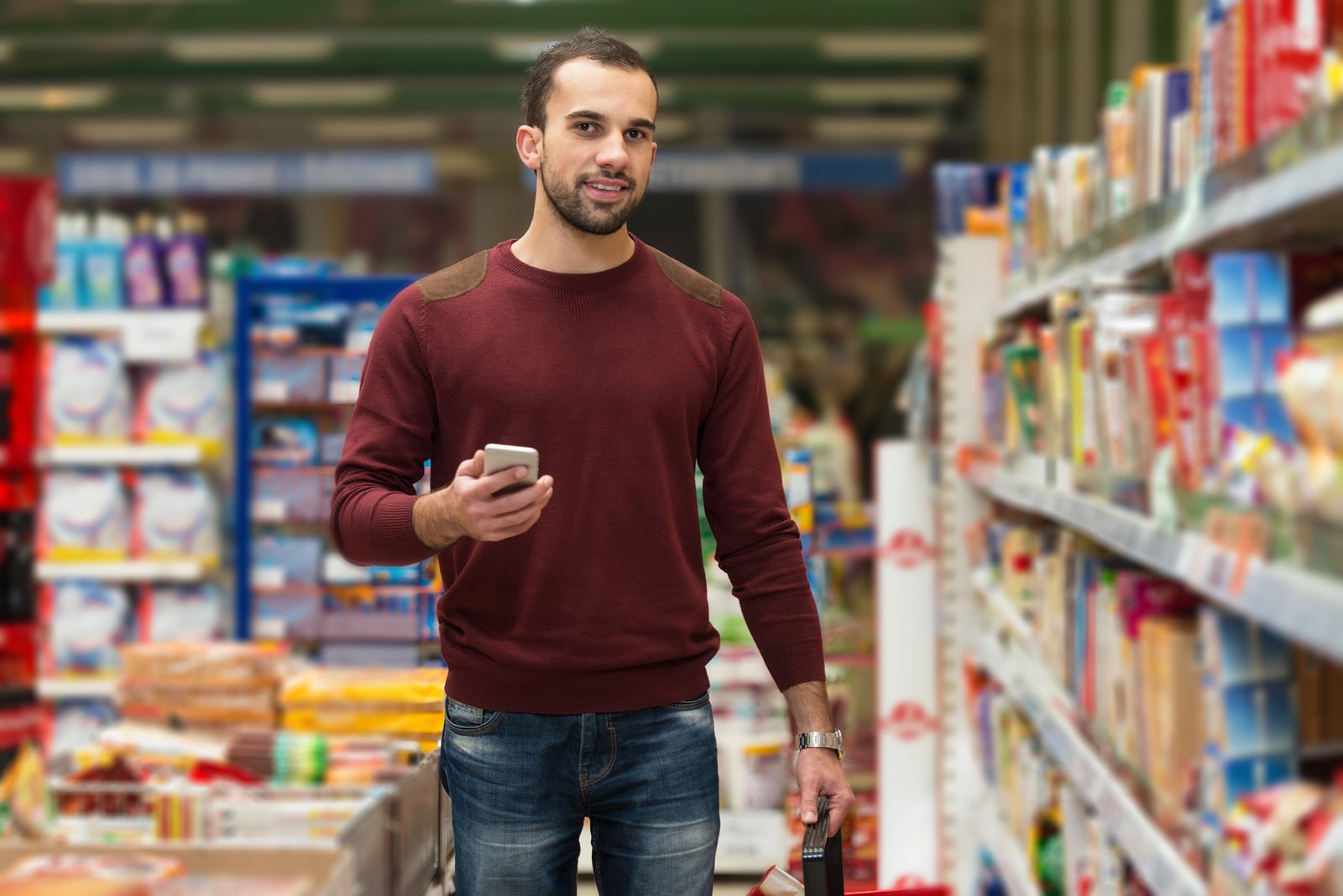
 He’s retired now, and we’ve had a few good laughs at how shopping-averse he used to be, and how he just couldn’t seem to ever find what we were looking for in those aisles, no matter how clearly labeled they were. Luckily, I think the dads in my generation are a bit more savvy about shopping, even if a few guys I know are just as shopping-averse. But they all agree that there’s nothing like finding the lowest prices. That’s why today I want to share some tips about grocery coupon apps for Android.
He’s retired now, and we’ve had a few good laughs at how shopping-averse he used to be, and how he just couldn’t seem to ever find what we were looking for in those aisles, no matter how clearly labeled they were. Luckily, I think the dads in my generation are a bit more savvy about shopping, even if a few guys I know are just as shopping-averse. But they all agree that there’s nothing like finding the lowest prices. That’s why today I want to share some tips about grocery coupon apps for Android.
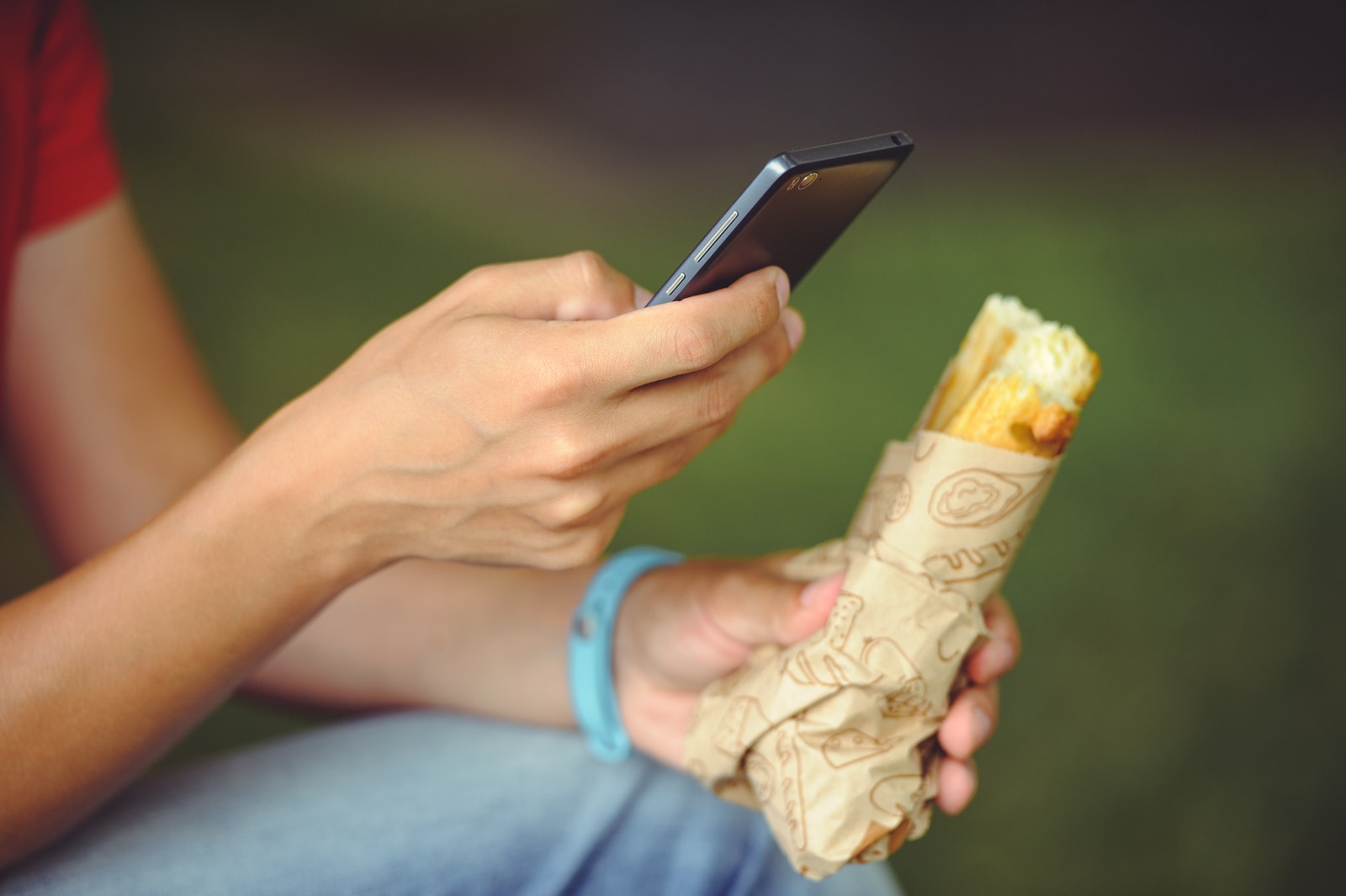
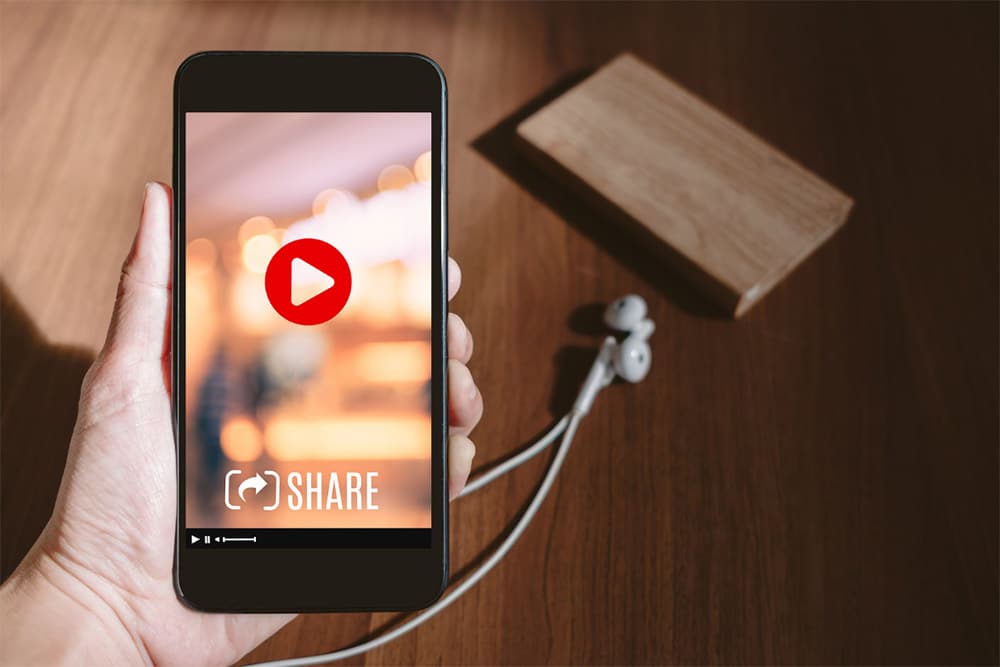

 How most retail store apps work, whether for Android or iPhone, is pretty simple: shop, earn, and redeem. But what
How most retail store apps work, whether for Android or iPhone, is pretty simple: shop, earn, and redeem. But what 
 Actually, I told her, I do have an amazing shopping helper, I’m using it right now—and you can too! I get paid to shop by using a free app that’s fun and easy. She was intrigued, of course, and I even held up the line explaining it to her, but once the guy behind me heard what I was saying, his annoyance turned to awe. He and the cashier both downloaded my favorite app on the spot.
Actually, I told her, I do have an amazing shopping helper, I’m using it right now—and you can too! I get paid to shop by using a free app that’s fun and easy. She was intrigued, of course, and I even held up the line explaining it to her, but once the guy behind me heard what I was saying, his annoyance turned to awe. He and the cashier both downloaded my favorite app on the spot. 
 Hey, that’s okay! Win or lose, fantasy football is just plain fun. Plus, these days I’ve discovered other apps for my phone that can help me earn bigger and better rewards with much less time and energy (not to mention nail-biting anxiety) than it takes to capture first place in my super competitive fantasy football league. I’m talking about an awesome concept we can all root for: retail shopping apps for iPhone and Android that help you get paid to shop.
Hey, that’s okay! Win or lose, fantasy football is just plain fun. Plus, these days I’ve discovered other apps for my phone that can help me earn bigger and better rewards with much less time and energy (not to mention nail-biting anxiety) than it takes to capture first place in my super competitive fantasy football league. I’m talking about an awesome concept we can all root for: retail shopping apps for iPhone and Android that help you get paid to shop.